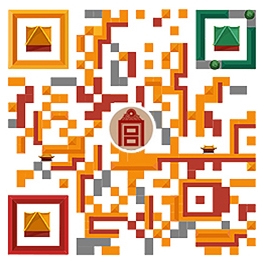In April 2023, a four-people delegation from the China-Greece
Belt-and-Road Joint Laboratory on Cultural Heritage Conservation Technology
(Joint Laboratory) visited the Acropolis Museum, the Institute of Electronic
Structure and Laser of the Foundation for Research and Technology-Hellas
(IESL-FORTH) and other museums in Greece. The delegation was made up of Zhao
Guoying, director of the Joint Laboratory; Huang Moqiao, deputy director of the
Joint Laboratory and the Department of IT, Imaging, and Digital Media at the
Palace Museum; Gao Fei, deputy director of the Joint Laboratory and researcher
at the Department of Conservation Science at the Palace Museum; and Wang Qian.
The delegation also attended the management meeting of the Joint Laboratory and
visited units established by the laboratory to discuss further collaboration.
Director Zhao and company visited the Acropolis Museum on 26 April, where an informal discussion was held on joint artefact preservation with experts such as Nicholas Chr. Stampolidis, general director of the Acropolis Museum, and Costas Vasiliadis, senior conservator at the museum. Directors Zhao and Stampolidis respectively described the development of the Joint Laboratory and the progress of its collaborative projects as well as the projects and formats of international collaboration with the Acropolis Museum. Following in-depth communication and discussion, both parties agreed to take advantage of the development of the Joint Laboratory to engage in communication and collaboration in artefact preservation. The parties would also promote technological advancements and talent cultivation in the preservation of stone artefacts, in addition to accelerating the signing of an inter-museum collaboration-framework agreement.
Following the informal discussion, Vasiliadis showed and explained to
the delegation the Caryatides and their restoration, which won the Keck Award
from the International Institute for Conservation of Historic and Artistic
Works in 2012.

The delegation engaged in an informal discussion with the team from the
Acropolis Museum.
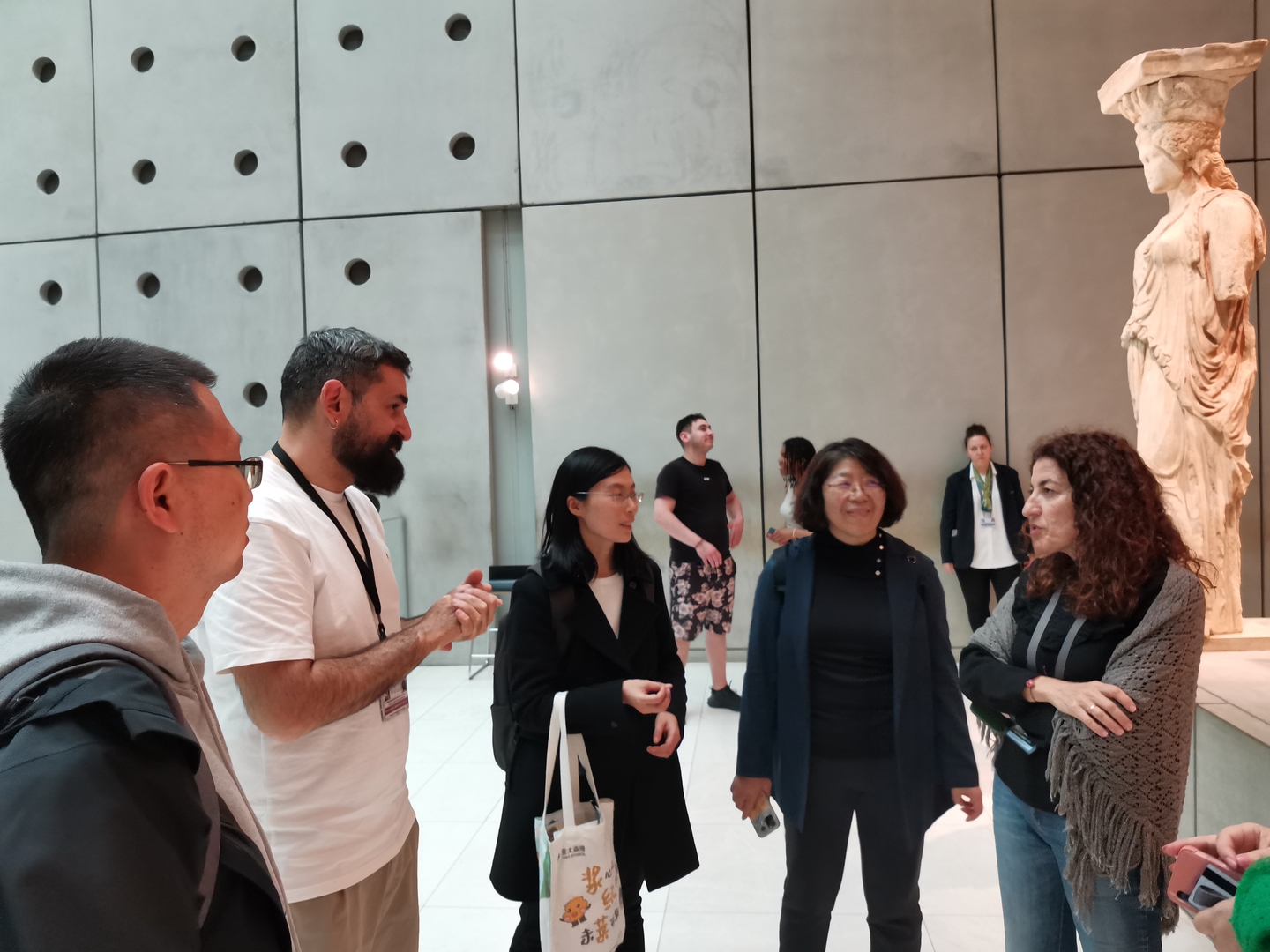
Costas Vasiliadis explained the restoration of the Caryatides.
On 28 April, the delegation visited IESL-FORTH, its Greek partner, and
was warmly received by Dr George Konstantinidis, the research director, and Dr
Paraskevi Pouli, the principal application scientist, in front of the FORTH
building.
Both parties then engaged in an informal discussion. Nektarios Tavernarakis, chairman of the Board of Directors of FORTH, extended a warm welcome to the delegation before describing the foundation and responsibilities of FORTH.
Dr Konstantinidis also described IESL’s main research directions and its
international collaboration projects. Dr Pouli, who is also the executive
deputy director of the Joint Laboratory, described the Joint Laboratory’s
foundation and academic exchanges. Meanwhile, Director Zhao briefly introduced
the Joint Laboratory’s development, pilot regional-application base and cases
of general technological application, such as laser cleaning. She also
expressed the intention for further collaborative research with her Greek
counterparts.
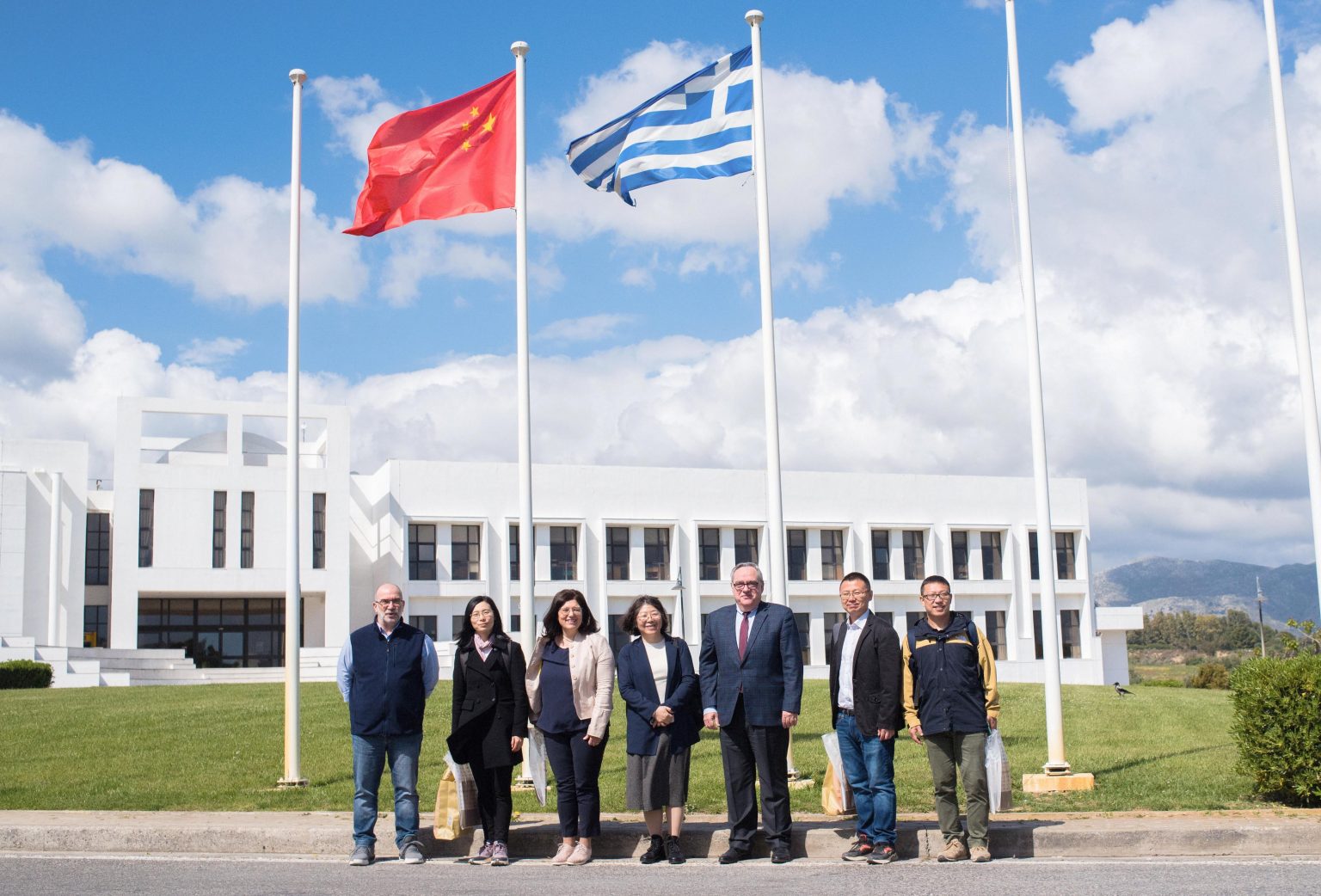
China’s national flag was raised to welcome the Chinese delegation.
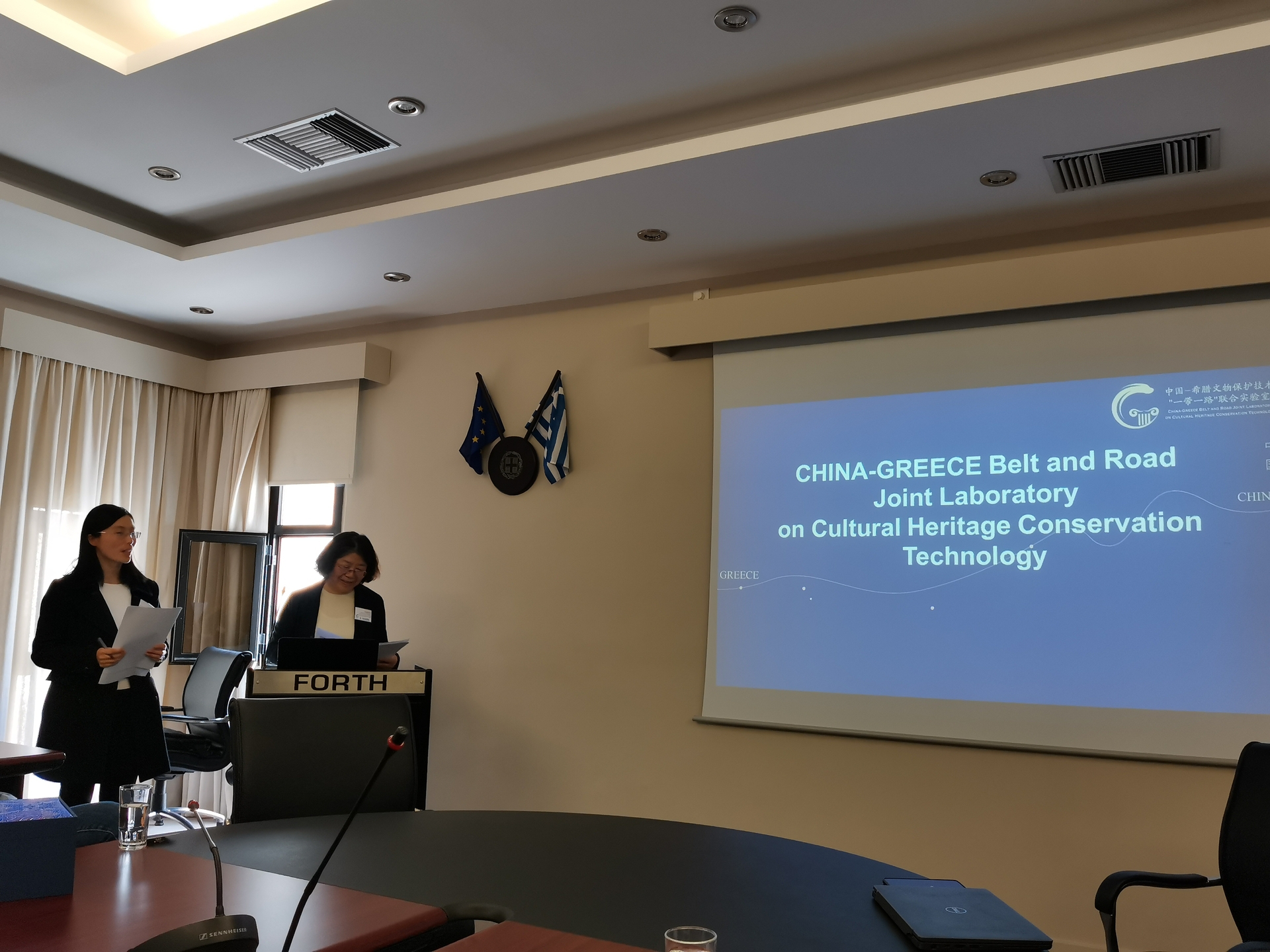
Director Zhao Guoying introduced the Joint Laboratory’s development and research progress with Wang Qian as the interpreter.
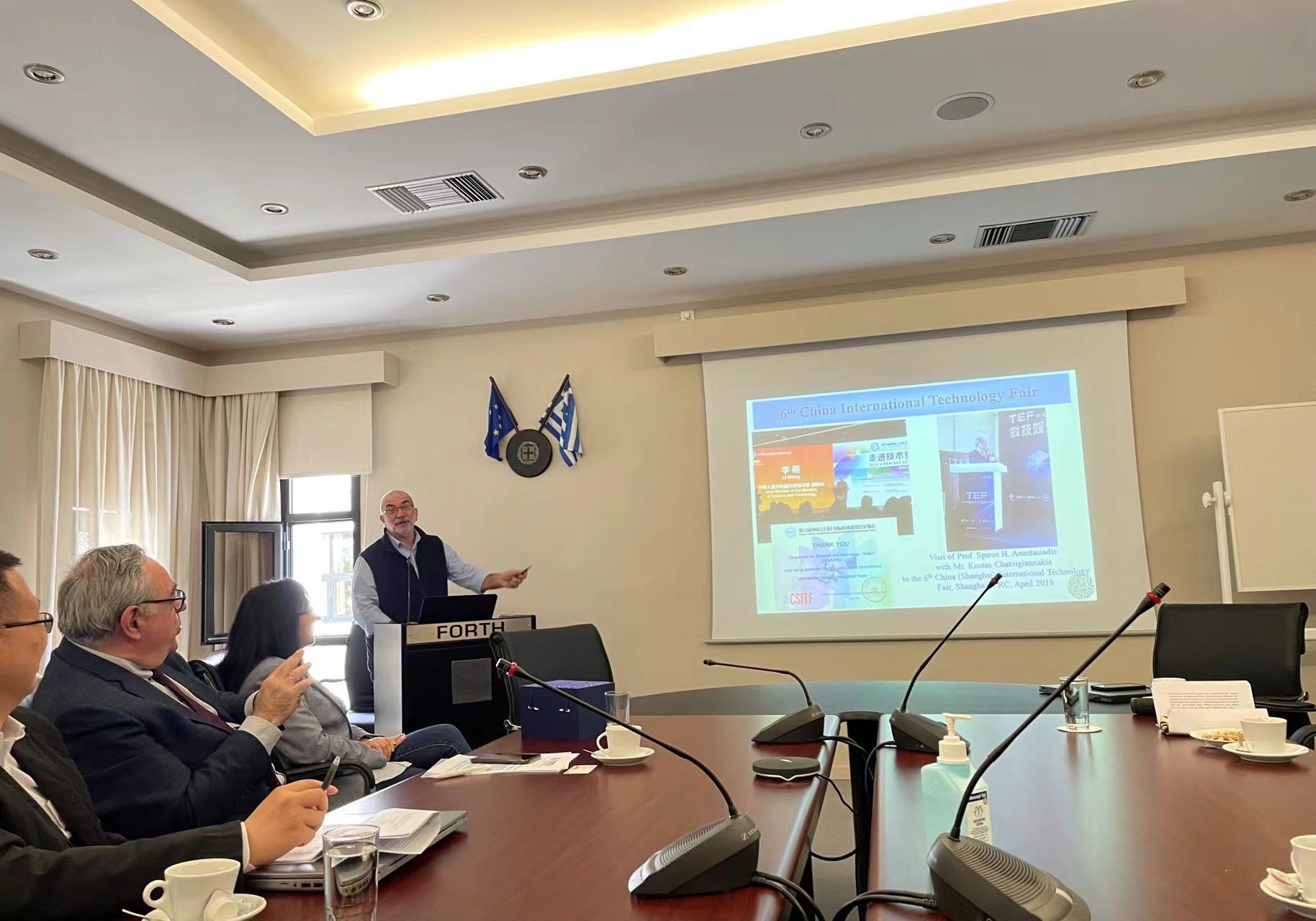
Dr Konstantinidis introduced IESL.
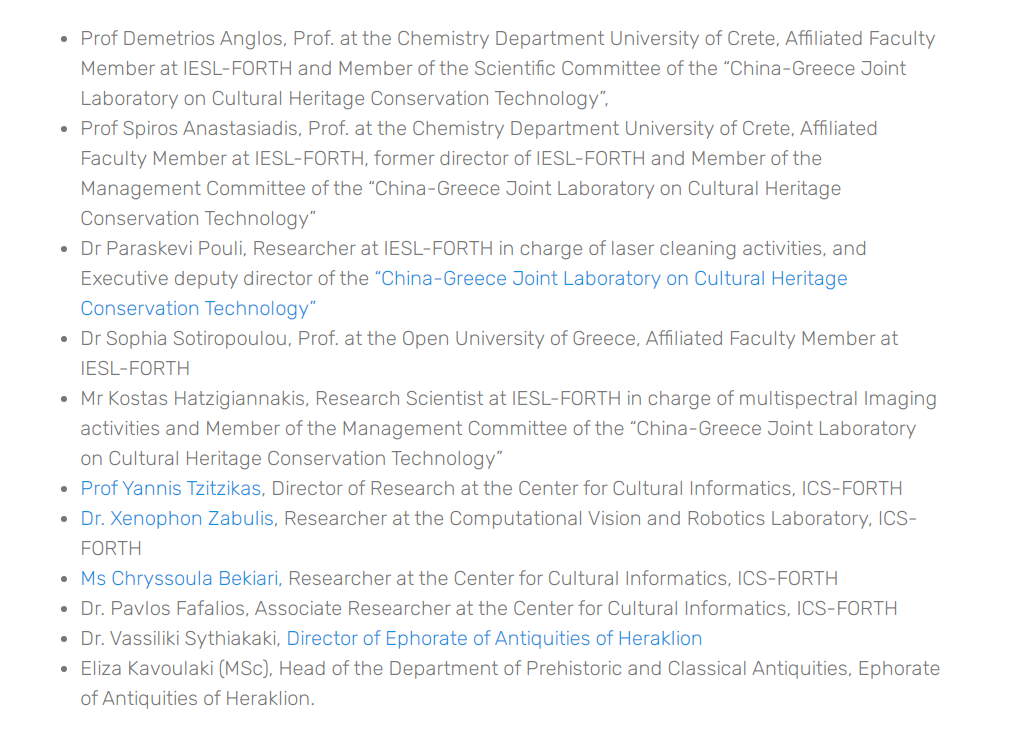
List of Greek experts at the informal discussion.
Yannis Tzitzikas, director of research at Information Systems Laboratory
of the Institute of Computer Science-FORTH (ICS-FORTH), introduced over 100
collaborative projects that his centre engaged in with over four-dozen European
countries in data processing and the development of information systems for
museums. He added that the International Committee for Documentation’s
Conceptual Reference Model, which his centre had developed, was the only
international standard approved by the International Organization for
Standardization.
Later, Dr Xenophon Zabulis, researcher at the Computation Vision and
Robotics Laboratory of the ICS-FORTH, presented methods and cases of
visualisation of cultural heritage. This was followed by Deputy Director
Huang’s introduction of the Palace Museum’s three-dimensional artefact-data
application system that is based on value mining. Huang also demonstrated the
three-dimensional data-application programme and the interactive
virtual-reality software developed by the Palace Museum. Moreover, he described
the research development of the collection, processing and application of
ultra-high-definition three-dimensional artefact data at the Joint Laboratory. In
addition, Dr Vassiliki Sythiakaki, director of the Ephorate of Antiquities of
Heraklion, presented the excavation and preservation of Knossos Palace.
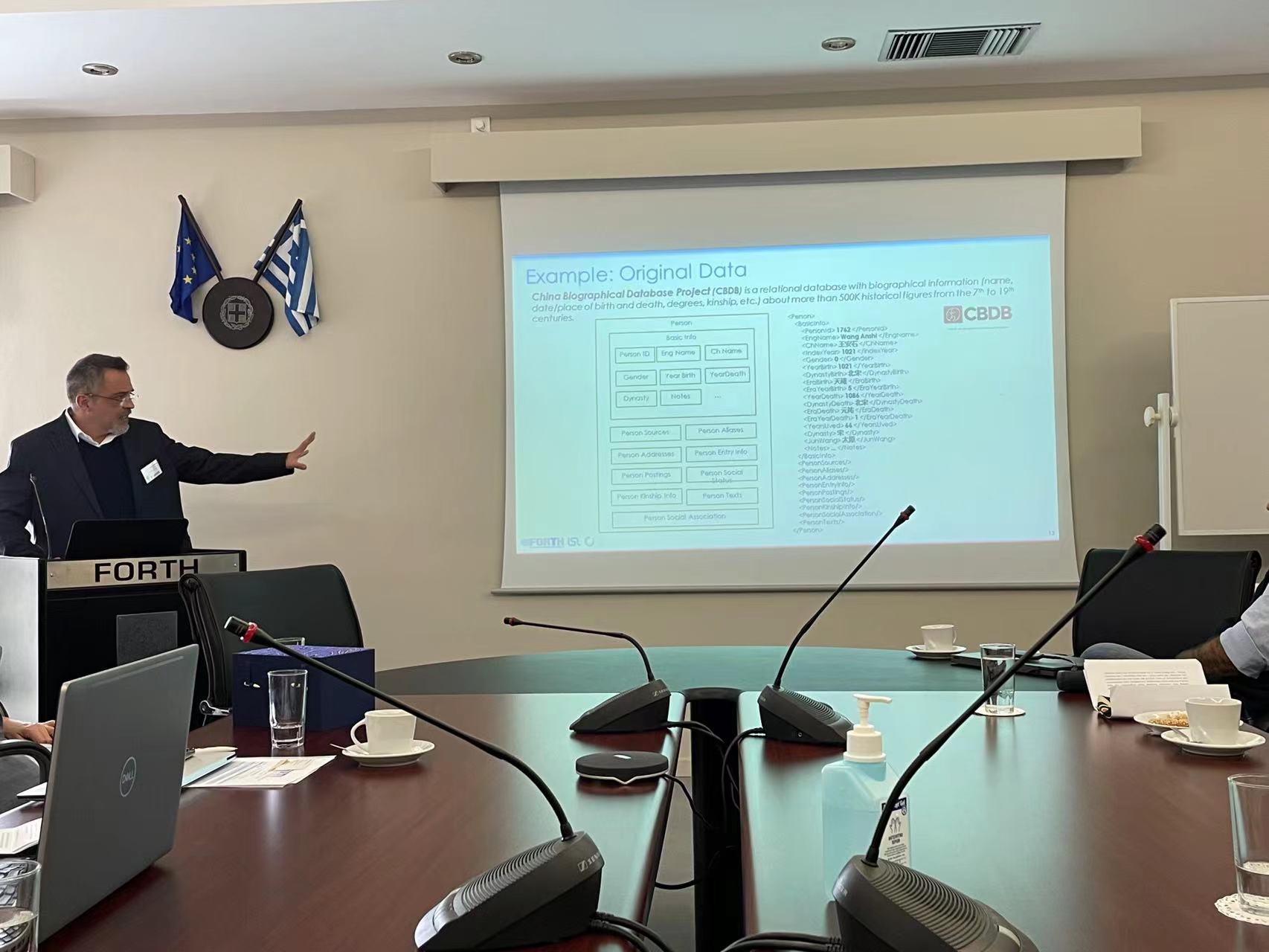
Dr Yannis Tzitzikas presented the data information-processing system.
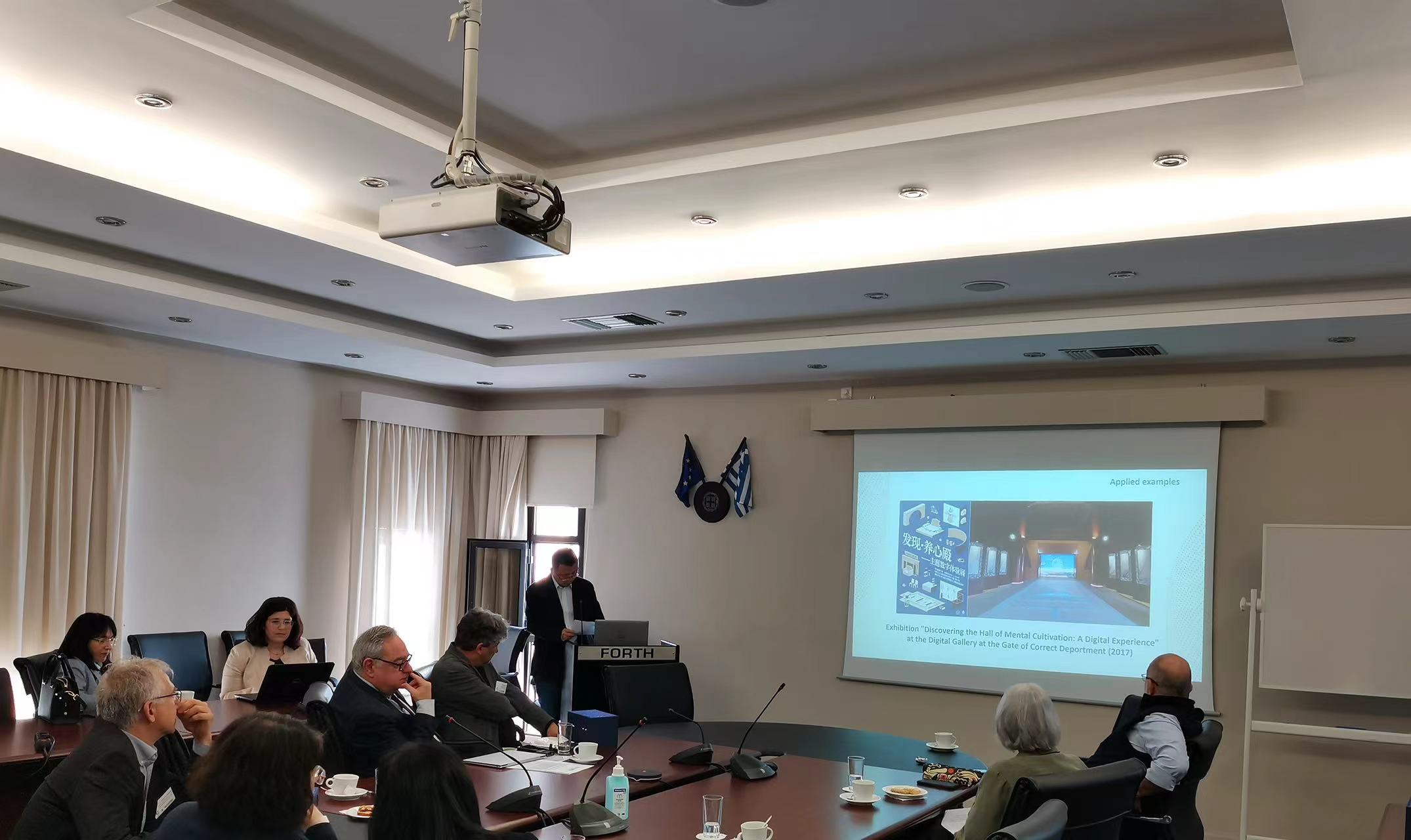
Deputy Director Huang demonstrated the three-dimensional data-application programme developed by the Palace Museum.
Following the conclusion of the informal discussion, the Chinese
delegation and Dr Pouli and her research team held the Joint Laboratory’s first
offline management meeting. They discussed the laboratory’s direction of
development and arrived at a common understanding in aspects such as the
signing of the next collaboration agreement, the joint holding of international
training in autumn, exchange visits and collaboration projects. Led by Dr
Pouli, the delegation later visited the research and development and
application laboratory of laser equipment and discussed in depth how laser
technologies could help preserve artefacts.
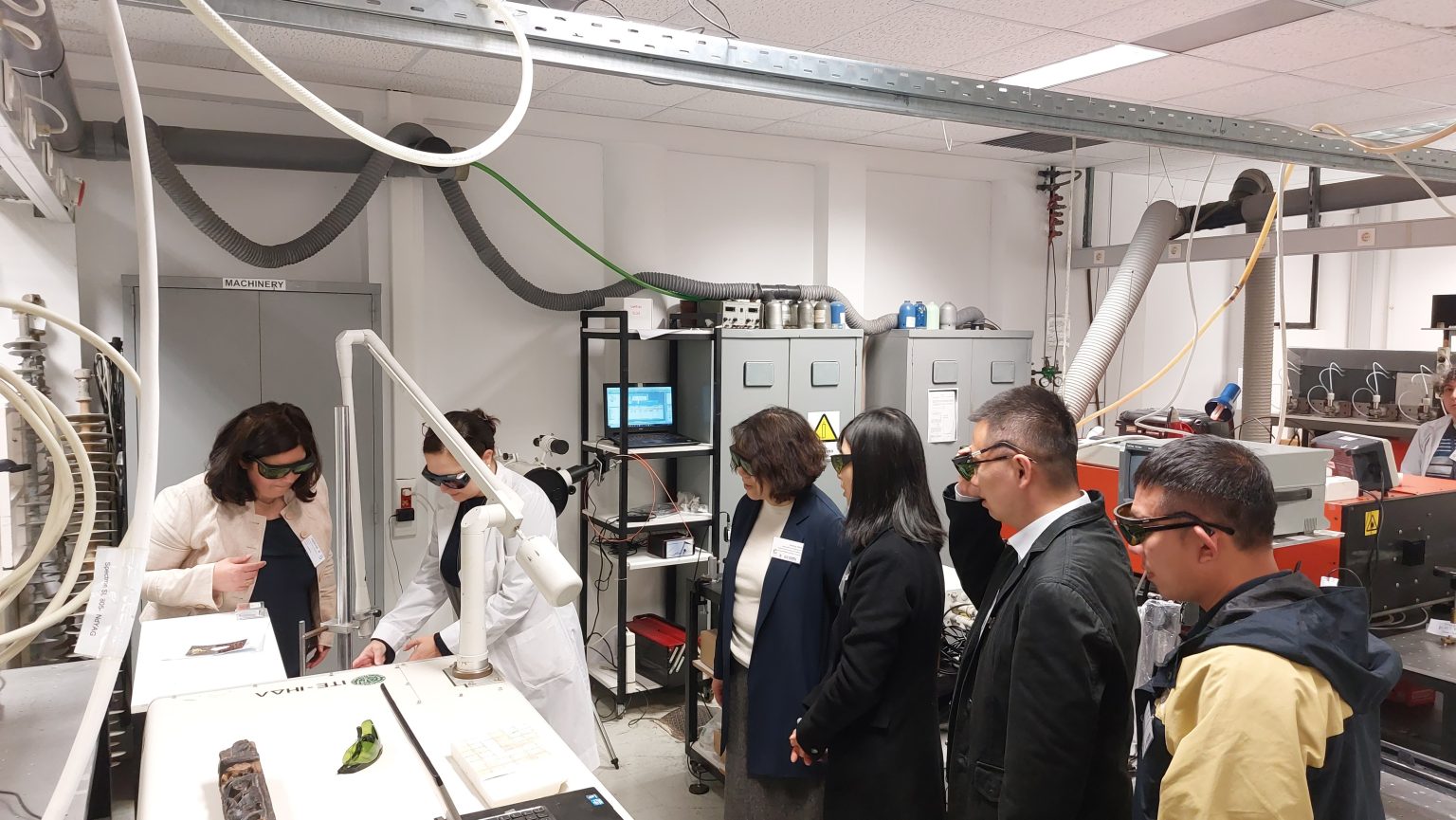
Dr Pouli demonstrated the laser-cleaning equipment in the laboratory.
The delegation also engaged in discussions on artefact preservation and
digitalisation during its visits to the National Gallery, Byzantine and
Christian Museum, Heraklion Archaeological Museum and Knossos Palace.







